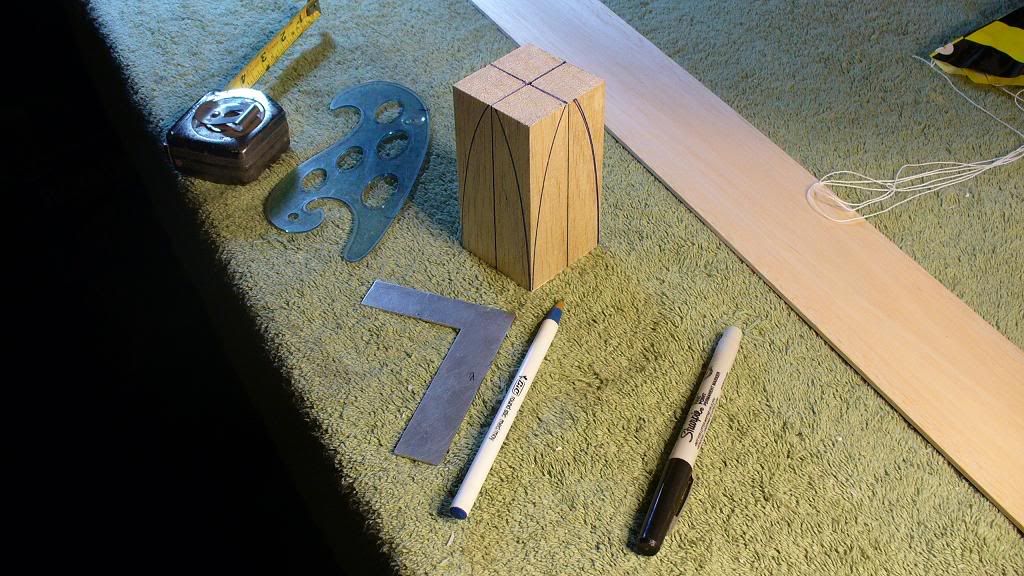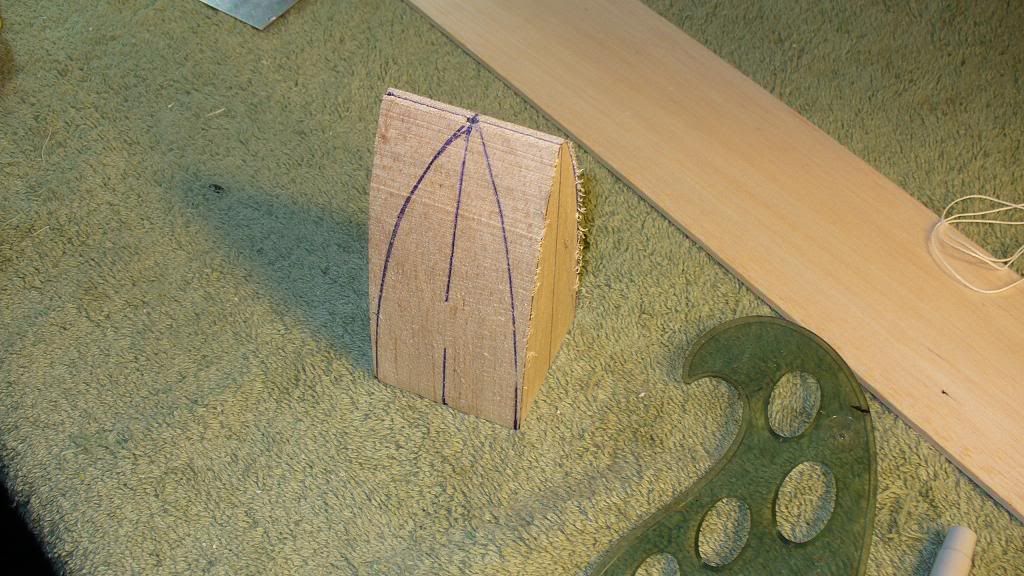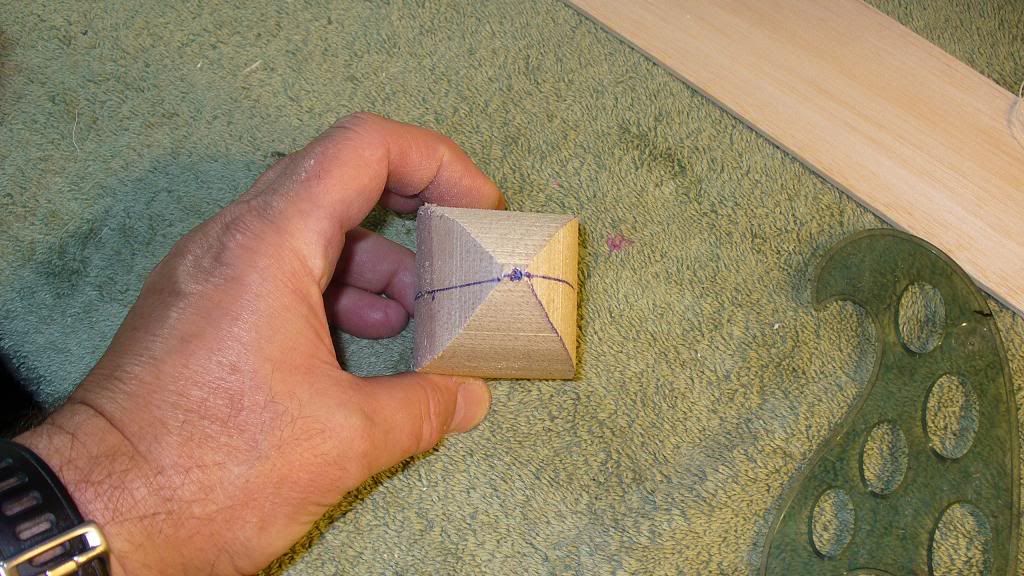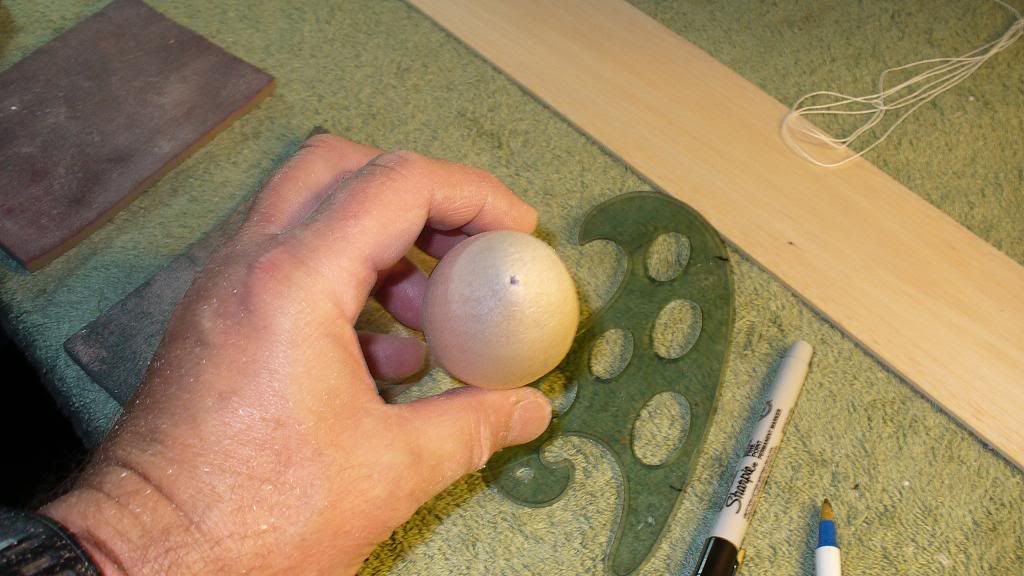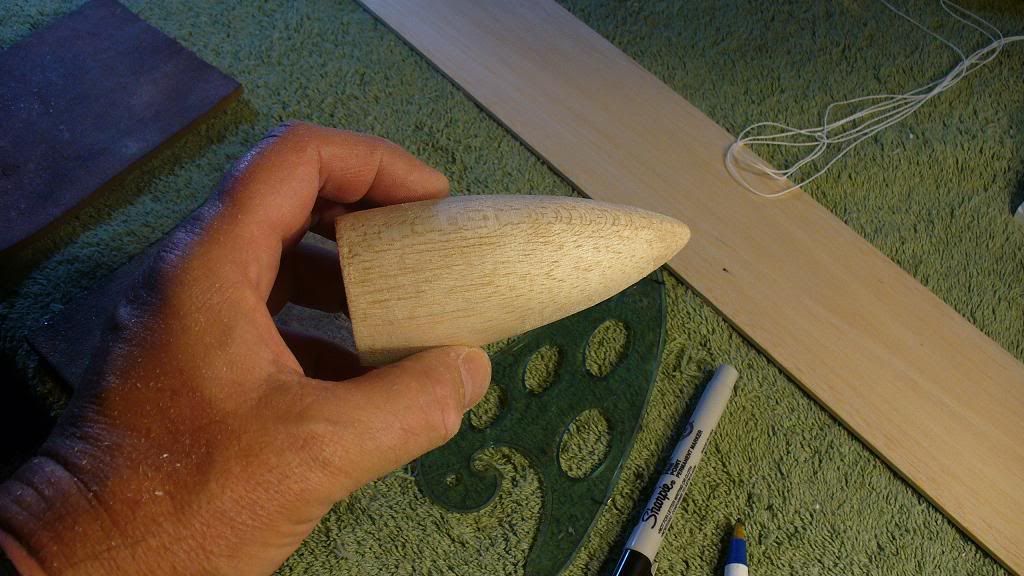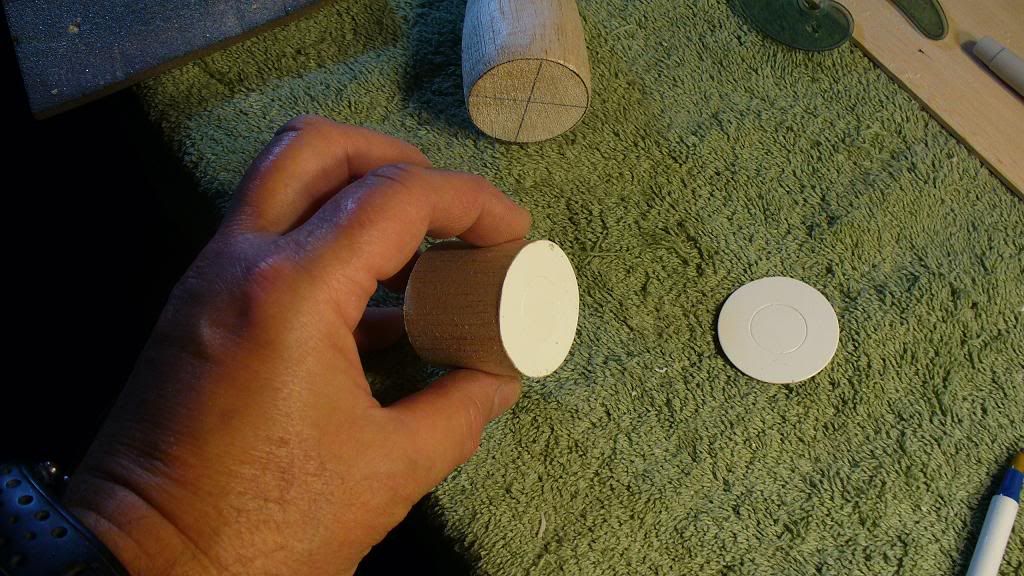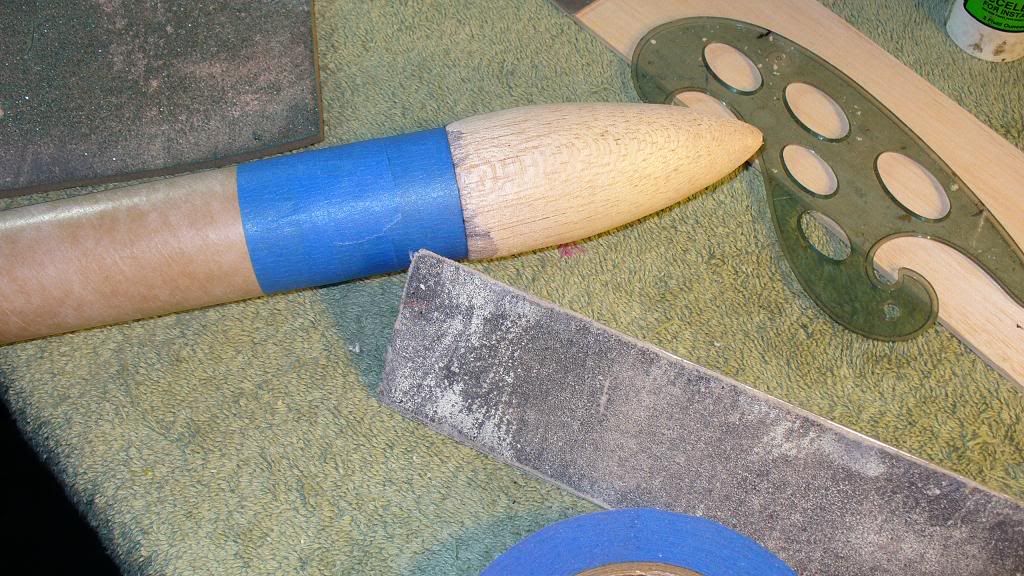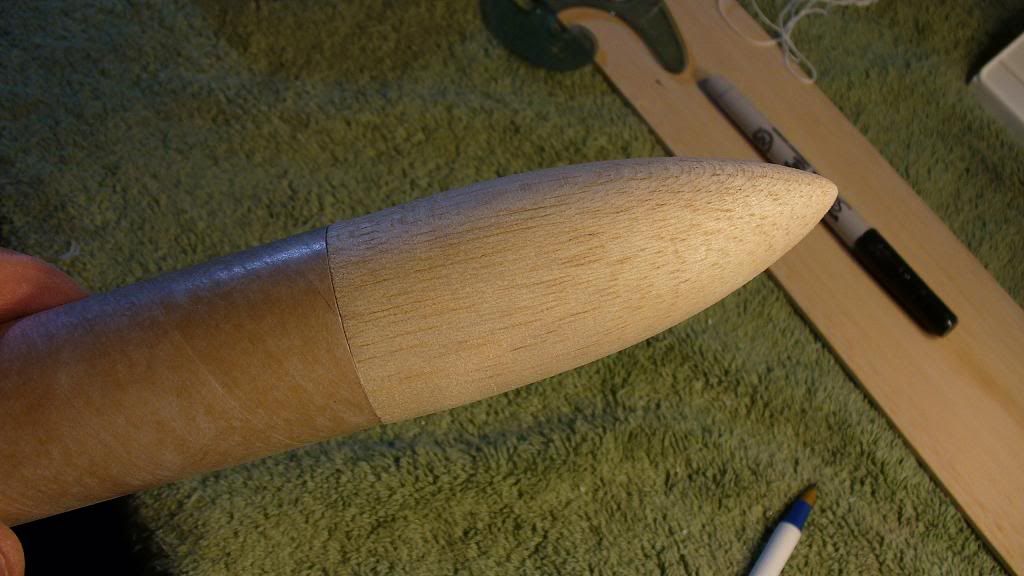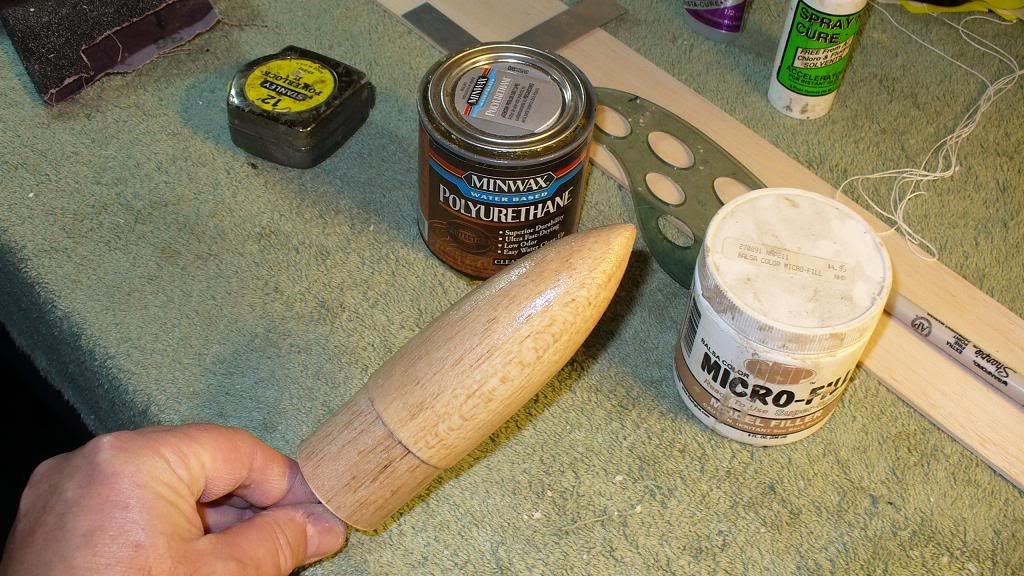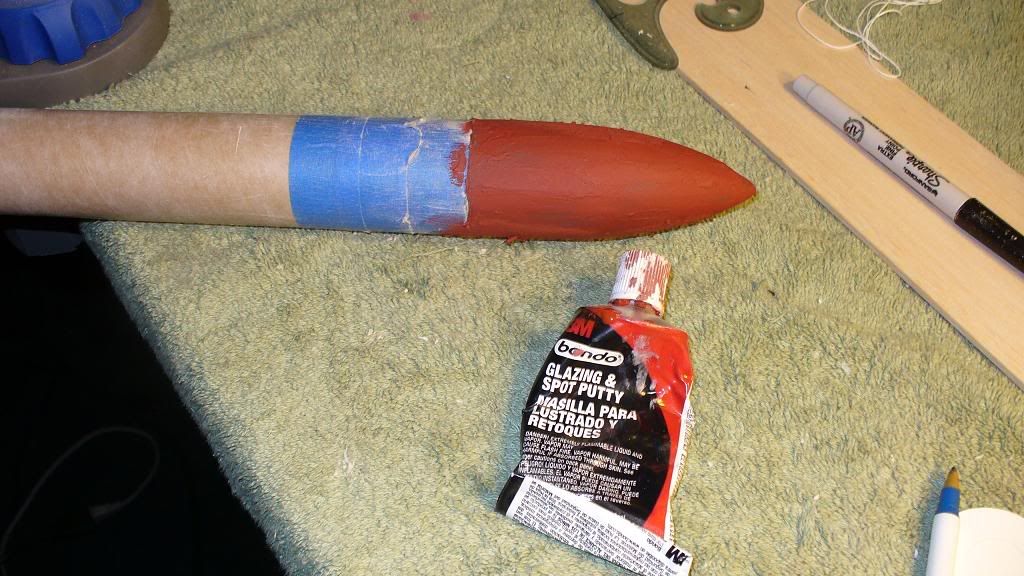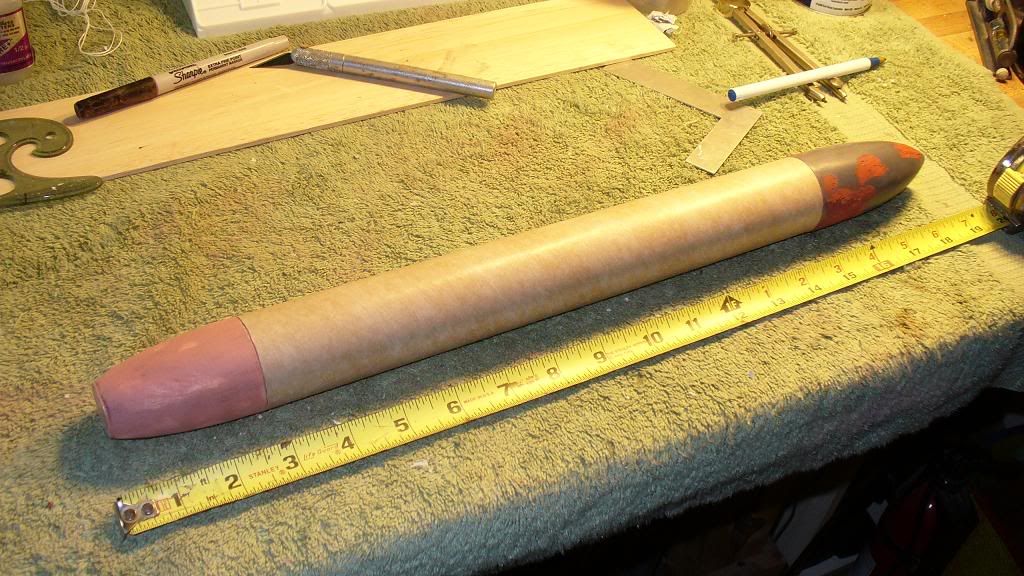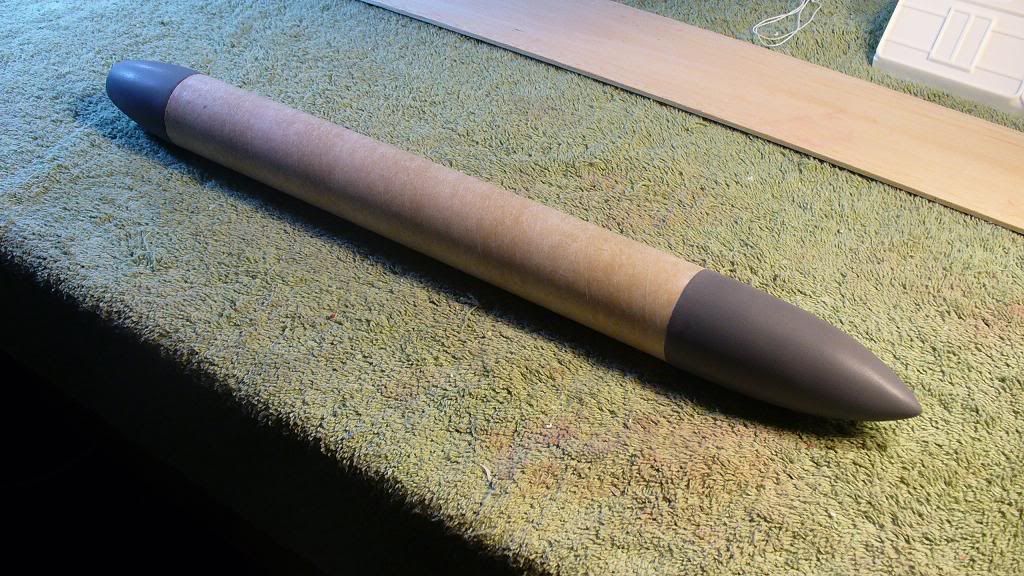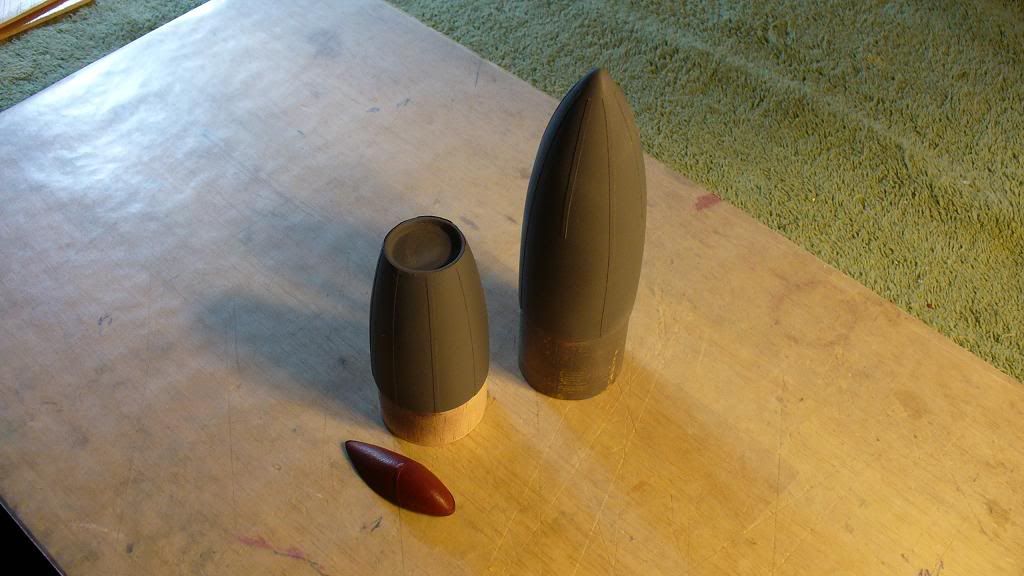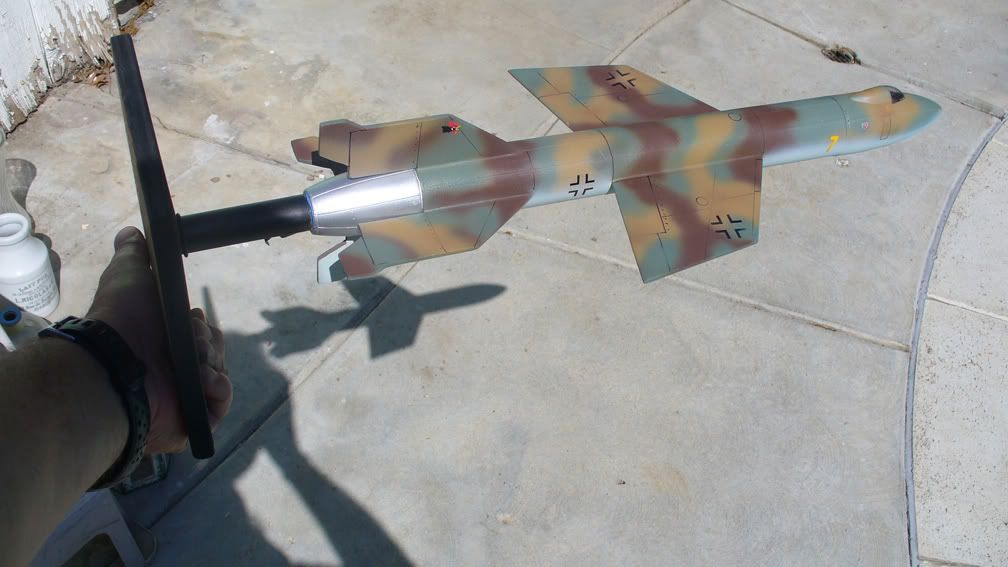So far I have used only comersial ogive cones for BT-20 tubes and conical scratch-built paper+ex-foam nose cones for other tubes, because only NC-20 cones are available here, and it's pretty expensive to order nose cones online because they are used in industrial quantities :wave:
But does someone know how to make a scratch-built ogive nose cone? Has someone made such cones?
Dexter:
Pretty much I Make the majority of my own nosecones, I have the lathes and tools to do so fairly quickly and have lots of "stuff" in the shop that can be turned.
There are several types of "Foam" that can be used SM blue or pink closed cell styrofoam insulation can be easily had in 1" to about 3" thickness which works out pretty well. Can be glued and somewhat epoxied into blocks for turning.
Hi density foams (Signboards) in 15 to 22lb per cu ft. make excellent cones but is pretty expensive if you don't have access to trash/scrap stuff.
Balsa and Basswood blocks aren't all that expensive if you can put a bit of an order together with other things to offset the freight, buying on-line can help with the cost.
Turning from hardwood dowels or scrap blocks can be done but tend to be on the Heavy side.
Hardwood turnings are GREAT for making Molding plugs or for laying up super light weight 1/4oz/SqYd. glass cones and bodys for that matter.
Or as Greg mentioned earlier used with any of a number of Vacuum forming techniques with .010" and .020" Sytrene sheets. recently I've been playing around with attempting to Vacuum form T2, T2+ and T3 Micro Maxx size nose cones this way. I have a 10.5mm Styrene cone that works great in .020" styrene.
Rokitflite, myself and others have been "Casting" Nosecone for a good while now. Making the rubber molds can be expansive and it really takes some time to get good at making Hollow cast cones you should talk to Rokitflite about casting hollow two piece cones, He does a BT-5 size cone that is just about as good as any injection molded cone. It's a little easier to add micro-balloons to lighten up the epoxy-resin for smaller cones 6mm to about BT-60 size. I did a bunch of Glo-in-the-Dark cast resin cones with Zinc Sulfide Phosphor and a batch with Strontium Aluminate a while back that I still use for sport models...did I mention solid cast cones are on the heavy side LOL!!
If your just staring out, I think you'd be most happy turning Sm foam cones. it's messy but sorta fun once you turn one or two. all you really need is a drill or better Drill press, a file, some sanding blocks and a tool rest for support. Its better to have both ends of the turning held but can be done from one end if thats all you have.






